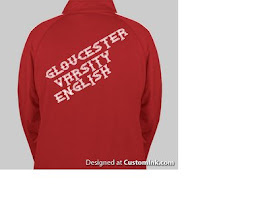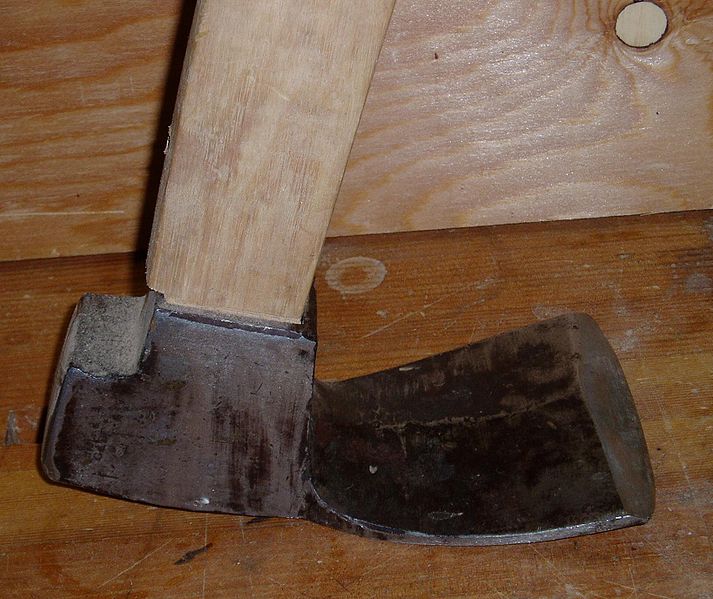Compare and Contrast Essay: Bildungsroman
Jane Eyre by Charlotte Bronte and A Portrait of the Artist as a Young Man by James Joyce
The two novels we read as a class during the first semester are both generally considered to be bildungsromans, or “novels of formation.” However, although Bronte and Joyce both portray protagonists who to varying degrees “come of age” over the course of the novels, each writer utilizes and revises the conventions of the bildungsroman to achieve different artistic ends.
In a well-organized essay compare and contrast the ways the novelists honor and subvert bildungsroman conventions (listed below); be especially sure to compare and contrast how the particular ways the authors adhere to and deviate from bildungsroman conventions contribute to the overall meaning and effect of the two novels.
*******
Suzanne Hader developed the following list after reading Marianne Hirsch’s “The Novel of Formation as Genre"
1. A Bildungsroman is, most generally, the story of a single individual's growth and development within the context of a defined social order. The growth process, at its roots a quest story, has been described as both "an apprenticeship to life" and a "search for meaningful existence within society."
2. To spur the hero or heroine on to their journey, some form of loss or discontent must jar them at an early stage away from the home or family setting.
3. The process of maturity is long, arduous, and gradual, consisting of repeated clashes between the protagonist's needs and desires and the views and judgments enforced by an unbending social order.
4. Eventually, the spirit and values of the social order become manifest in the protagonist, who is then accommodated into society. The novel ends with an assessment by the protagonist of himself and his new place in that society.
~~~~~~~~~~
Also, perhaps of interest to Megan L. and others, here is a blogpost called "Joyce's Kunstleroman" (sic) that compares Stephen's sense of art to Dante's (author of The Divine Comedy). If you're interested in how this blogpost relates to what we've been talking about check out the comments box below.
Bring two copies of a first draft to class on Tuesday, November 24.
Final drafts are due December 5.














1 comment:
I think D. J. Sikkema gets Dante's view right: physical beauty matters because it points beyond itself to celestial, spiritual beauty, which is to say, it points to God. I think he also gets the drawbacks of Stephen's view right; he sees the self-centeredness and self-indulgence.
However, I also think JD misses the virtues of Stephen's (and Joyce's) view, Whereas Dante redeems the value of beautiful things of the world only because beauty points to the world beyond (God, heaven, etc.), Stephen's view leaves open the possibility (a possibility not as yet developed in Stephen's poem or journal) that an artist might value beauty in the world because of the truth found therein. So, Stephen finds an epiphany (a showing forth of truth) in the woman in the water. The truth has to do with her self-possession -- her face show neither "shame" nor "wantonness" -- which is a kind of solution to his body/spirit (sex/holiness) problem. The truth -- as rendered in the language of the narrator -- also has to do with the relationship between her self-possession and "bird-ness," a shorthand for escape from the constraints of Dublin.
So for Dante Beatrice's beauty is valued because it points to God and for Stephen the woman's beauty is valued because he sees in her the truth of his situation. This is a literally self-centered value but it is also self-realizing (which is different from self-indulgent).
Post a Comment